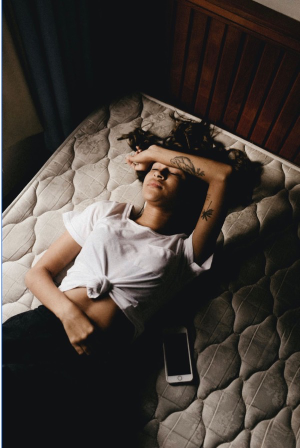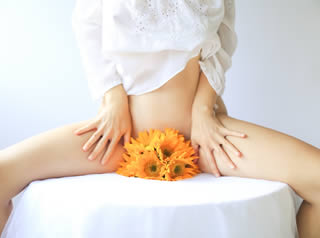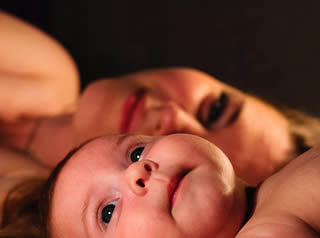Alphabetical Index of Articles on Women's Sexual, Pelvic Floor, and Reproductive Health
An Update to Interstitial Cystitis / Bladder Pain Syndrome Treatment Guidelines

November is Bladder Health awareness month and we would like to discuss with our readers a significant update to the research regarding Interstitial Cystitis / Bladder Pain Syndrome (IC/BPS). In May 2022, the American Urological Association (AUA) released updated clinical guidelines for the diagnosis and treatment of IC/BPS. The purpose of the bladder pain syndrome treatment guideline is to provide a “clinical framework” for best practice regarding the management of patients who experience this. That includes what should and shouldn’t be done for patients, and how to avoid unnecessary or harmful interventions. The previous bladder pain syndrome treatment guidelines were released 8 years ago, in 2014.
What is Interstitial Cystitis / Bladder Pain Syndrome anyways?
Toileting Behaviors Linked to Lower Urinary Tract Symptoms and Bladder Health

How do you know if you have lower urinary tract symptoms and an overactive bladder?
Over ¾ of women report that they have experienced one or more Lower Urinary Tract Symptoms (LUTS)1. More than ½ of American women report urinary incontinence (UI), and approximately 17% of women over the age of 18 years report symptoms of overactive bladder (OAB)2, 3. It is also believed that most women underreport their bladder symptoms due to embarrassment and false notions that it is a normal part of aging4, 5, 6.
Lower urinary tract symptoms include incomplete bladder emptying, urine dribbling after you finish urination, persistent drip of urine after completion of urination and/or urinary incontinence. Overactive bladder symptoms consist of urinary urgency (the need to get to a restroom quickly), with or without incontinence, urinary frequency, and frequent nighttime urination (waking more than 1x/night). These symptoms can negatively impact a woman's life. One study found that women with Lower Urinary Tract Symptoms reported several impacts on quality of life including decreased sleep, work productivity, and physical/sexual activity7.
What is Interstitial Cystitis and How Pelvic Health Physical Therapy Helps IC

Interstitial Cystitis, Multimodal Treatments, and How Pelvic Health Physical Therapy Helps IC
Interstitial cystitis (IC) also known as bladder pain syndrome or painful bladder syndrome, is a debilitating condition that significantly affects the quality of life of patients living with it.
The definition of IC from an international consensus is:
An unpleasant sensation (pain, pressure, discomfort) perceived to be related to the urinary bladder, associated with lower urinary tract symptoms of more than six weeks duration, in the absence of infection or other identifiable cause" (Hanno et al, 2009).
Interstitial cystitis affects 6-11% of women and 2–5% of men and increases with age from 1.7% under the age of 65 and up to 4.0% in women aged 80 years or older (Clemens et al., 2007 and Lifford et al., 2009). Patients that live with IC report that their quality of life is significantly impacted affecting their psychosocial, work-life, psychological well-being, personal relationships, and general health (Clemens et al., 2007). One important domain that is affected by IC is sexual function. Women with IC rated their sexual dysfunction as moderate to severe when compared to controls and reported increased pain with intercourse, decreased desire, and decreased frequency of orgasm (Peters et al., 2007 and Tincello et al., 2005).












